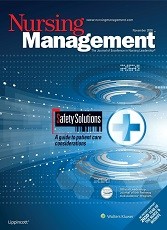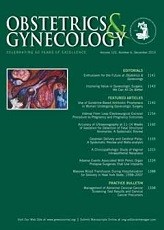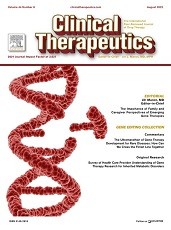Leah L Curtin

Abstract
A 28-year-old married woman, gravida 3 para 2002, was transferred to a tertiary care hospital at 27 2/7 weeks gestation for verification of gross fetal anomalies. Ultra-sonography studies showed the child she carried had a dramatic gastroschises, an enlarged heart, and small limb buds for arms. The patient was informed of her fetus’ condition and, after she discussed the situation with her husband, both parents asked that the pregnancy be terminated.
Using prostaglandin, the physician induced labor prematurely in a labor and delivery room suite. Both parents held the child until shortly before its death.
A voluntary abortion this late in pregnancy for nonlethal birth defects caused considerable concern and even distress among the nursing staff on this unit. As a matter of conscience, almost half of the nursing staff refused to care for any patients having elective abortions, and this case raised even more moral questions than usual. Moreover, this couple—and even their family members—received threatening phone calls and letters while the woman was still in the hospital, and the couple reported receiving even more after she returned home.
Curtin LL. Abortion: the limits of moral repugnance. Nurs Manag. 1994 Oct;25(10):22-25.



